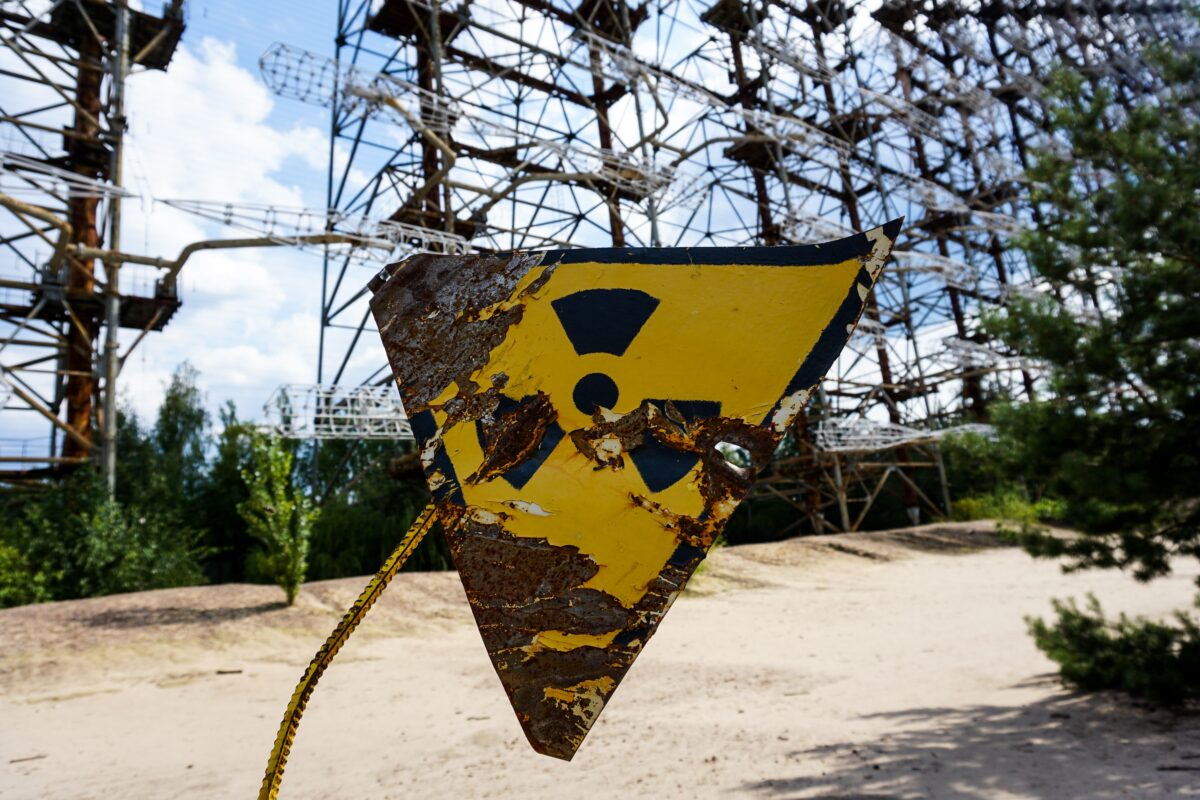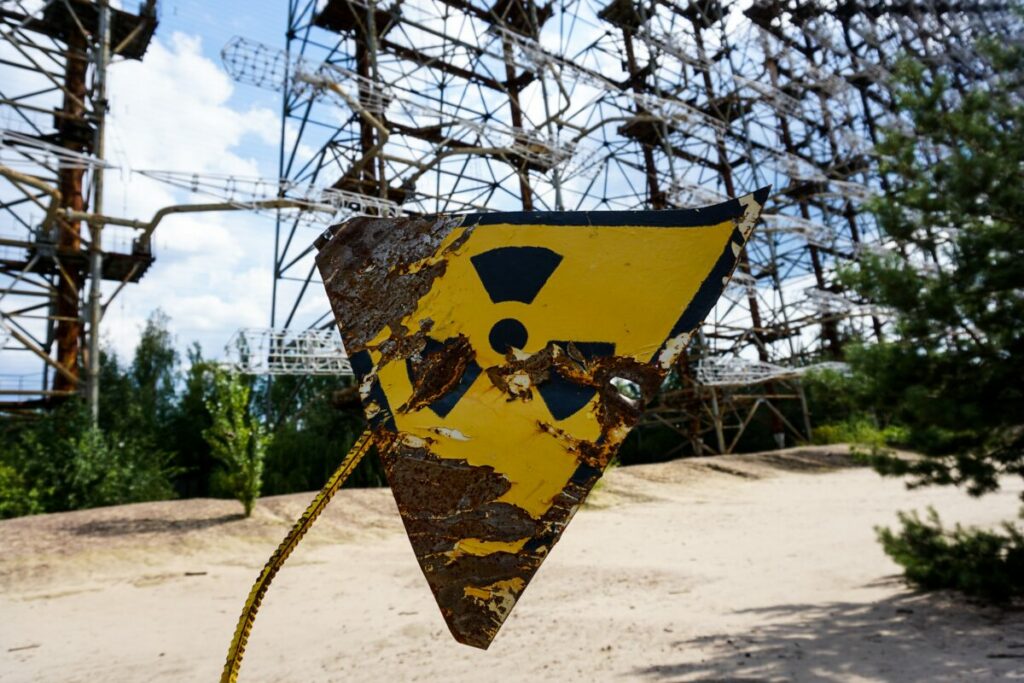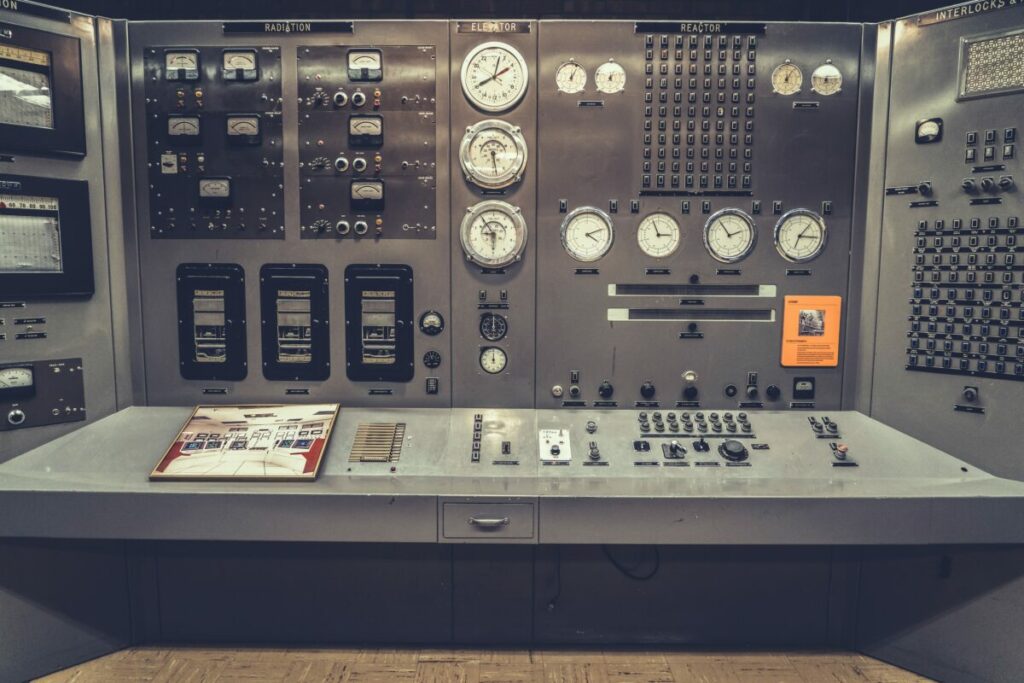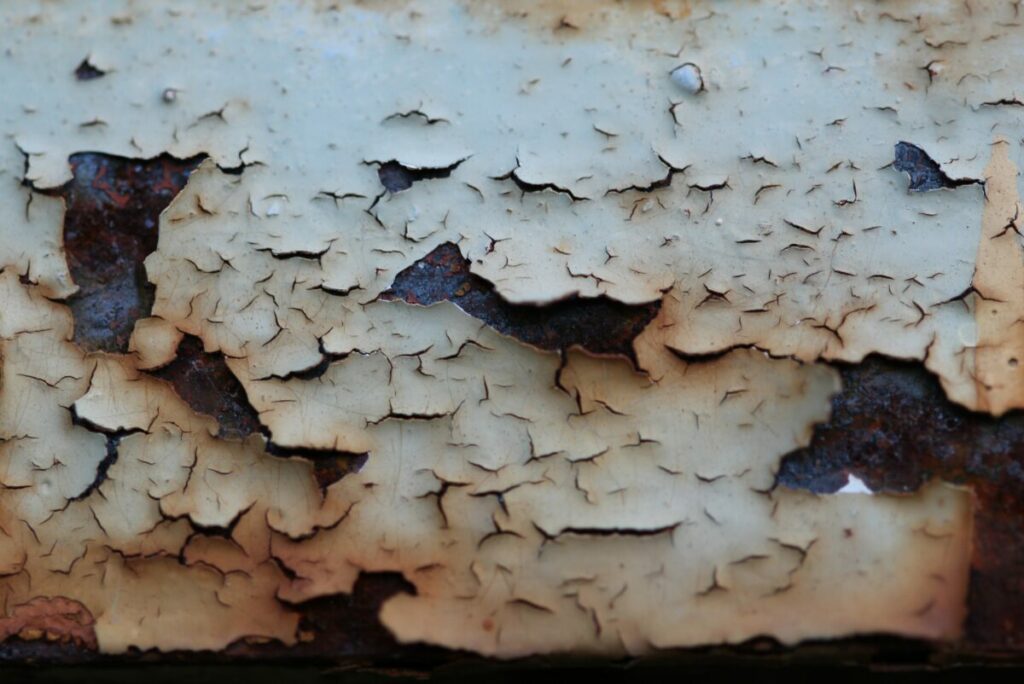
Nuclear: Ageing, the problem remains

We are very proud to share with you today the second part of a set of 4 documents that present a great overview of the nuclear landscape. Epsiloon, a French magazine that reinvents the scientific press and that is independent, high-standard, committed and sincere. All traits that are also at the core of inTechBrew.
In this series of blogs, originally published (in French) in December 2022, we will go through nuclear’s new golden age, the challenge of long-term maintenance, the SMRs race and finish by presenting you the other potentially game-changing innovations of our nuclear future. Although some examples given in this specific article of our Epsiloon series refer to the French sector, the points made can easily apply to the global nuclear landscape.
This second instalment will go through the challenge of long-term maintenance.
Importantly, and before we start, we would like to thank Herve Poirier for trusting us with Epsiloon’s work. The set of articles was originally written by Vincent Nouyrigat, Pierre-Yves Bocquet, Xavier Boivinet and Muriel Valin for the December 2022 issue of Epsiloon.
Originally written in French, the translation and revision for an international audience was completed by Xavier Poteau for inTechBrew.

Nuclear: Ageing, the problem remains?
Is it reasonable to continue running old nuclear power plants? The question has never been so loud. «Worldwide, a quarter of the nuclear capacity in operation is already more than forty years old, and two-thirds more than 30 years old.”, says Aline des Cloizeaux, director of the Division of Nuclear Power at the IAEA, the authority appointed by the UN to promote the safe and peaceful use of nuclear power. And France is above average, with 17 of its 56 reactors in operation having already passed the critical 40-year service mark, the expected age limit at the time of their design – the world record for longevity, 53 years, is currently co-held by India, Switzerland and the United States.
This 40-year limit is not set in stone: French legislation (and that of many other nuclearized countries) just requires regular monitoring, and upgrades as part of “ten-year visits”, a check-up carried out every 10 years, which aims to update the state of the plant, and its safety requirements. All under the control of the Nuclear Safety Authority (ASN), which examines the means implemented by EDF (one of the main French site owners) before authorising the reactors to be restarted for another 10 years.
With age, the risk increases that the unexpected arises…
In the United States, 6 reactors have already received permission to operate for up to 80 years. France seems to be taking the same path: at the beginning of 2023, reactor No. 1 of the Tricastin power plant, 42 years on the clock, will be the first in the French fleet to be officially authorised to operate until 50 – 9 other French reactors will have passed their fourth ten-year visit at the end of this year, waiting for the precious sesame.
“We do not currently have any request from EDF to go beyond 50 years, but this is included in some of the scenarios recently published by RTE (the French electricity transmission operator),” notes Rémy Catteau of ASN. If this path is chosen, we should start discussing it now. And it is with this in mind that EDF has, since 2014, started work on a vast Plant Life Extension programme (called “Grand Carénage”) consisting of replacing used equipment, such as steam generators, and learning from past accidents, such as Fukushima.

But can we really guarantee that these extremely complex facilities are still in good condition, after so many years of loyal service? “Nothing prevents a properly maintained plant from being safely extended beyond the initial limit,” says Ferenc Gillemot of the Budapest Atomic Energy Research Institute, who specialises in the ageing of steel in nuclear environments. Michael Ojovan of Imperial College London (UK), a concrete specialist, gave the same answer. Olivier Dubois of IRSN, the French public body responsible for nuclear safety, also has confidence in the protocols used to analyse the effect of ageing on French power plants: “The more we progress, the safer the plants are”.
Let’s wait and see about that… Because even if they are monitored and regularly refreshed, nuclear power plants are not industrial facilities like any other. “Some of their elements cannot be replaced for technical or safety reasons, or because it would be too expensive,” says Aline des Cloizeaux. Unfortunately, these elements are often the most sensitive to ageing: the steel pressure vessel that contains the fuel, the concrete containment building around the vessel, and the electrical cables responsible for controlling the installation. It is unavoidable: with age, the risk increases that the unexpected arises…
This is precisely what has just happened in France, where 4 reactors have had to be shut down in recent months because of the discovery of unanticipated anomalies – unprecedented in the most nuclearised country in the world, where 76% of electricity production is based on nuclear!
The problem appeared last winter, during a routine check on the auxiliary cooling circuits of reactor No. 1 of the Civaux power plant in the Vienne department (France). Using ultrasounds to inspect pipes near a weld for possible cracks caused by temperature fluctuations, EDF inspectors detected a signal that looked like nothing known, so unexpected that they did not have instruments to measure it finely: very unusual cracks, in broken lines, sometimes sinking down to a quarter of the thickness of the pipes. Similar problems have since been detected on 3 other reactors – and it may not be over since the verification of all the French reactors will be spread out until 2025. “This is a serious safety issue, unprecedented at the global level“, says Bernard Doroszczuk, president of ASN “This episode should invite us to be very humble about the real state of the reactors, and to question the low predictive capacity of the models used, “pointed out Yves Marignac, energy expert of the association négaWatt (a French non-governmental organisation notoriously known for being anti-nuclear).

This is not the first time that the unexpected has suddenly surfaced in the nuclear sector: out of sight, are there other degradations undermining the safety of certain reactors? “That’s the big question! Many would like to have the answer” exclaims Aline des Cloizeaux.
These discoveries harshly highlight the blind spots of plant ageing analysis protocols. Contrary to what one may think, a ten-year visit does not scan the plant for any sign of fatigue, but will examine precisely with a stethoscope the places where one expects to find the stigmata. “The method consists of anticipating, and verifying on site that everything corresponds to what had been planned” summarises Rémy Catteau, head of the Nuclear Power Plant Department at ASN. In other words, we can only find what we are looking for. “The recent findings prove that we must also look for defects in places where we do not expect them. We have begun to ask EDF for controls of this type, but it is clearly an approach that needs to be developed,” admits Olivier Dubois, Deputy Director of Safety Expertise at IRSN.
Some uncertainties
Precisely, what measures does EDF plan to put in place to strengthen the monitoring of parts or components that were not previously controlled, because they were considered to have no risk of age-related degradation? “Each challenge is the subject of lessons that are integrated into the maintenance strategy of our nuclear fleet,” says EDF, without going into details. Another example that proves the need to improve the reliability of ageing prediction models is the double-walled concrete enclosures that equip some power plants. “There are difficulties on these double enclosures, which are ageing faster than expected” points out Olivier Dubois of IRSN. Since 2016, EDF has been using a physical model for the double-walled concrete enclosures that equip some of its power plants, a 1/3-scale model with sensors that simulates accelerated ageing of concrete. “This allows us to develop mathematical models to create digital twins, species of clones” explains Jean-Luc Adia, project manager for studies on the ageing of civil engineering structures at EDF.
For steel vessels, mathematical models try to predict their embrittlement under the effect of irradiation, by comparing the results with samples of the same steel, positioned as close as possible to the fuel, to make them undergo accelerated ageing.
Except that the model is experiencing uncertainties according to Romain Vuiart, author at the end of 2021 of a thesis on the subject at IRSN. “When you fluctuate the power of the reactors, the irradiation is even more damaging than expected in some parts of the vessel. France is one of the countries where variations in power intended to adapt production to demand are the most frequent. However, to my knowledge, this phenomenon has not been studied so far” notes the researcher specialising in core physics of reactors. Another proof that maintenance prediction software does need to be updated.
Olivier Dubois (IRSN) admits: “Models evolve over time: research is advancing, and there is still a lot of work to be done to improve their ability to predict ageing.” Except that ageing is also progressing. How quickly does it linger within safety margins originally planned to ensure safety? While the French power plants operations are being extended, no one seems to be able to say for sure…




